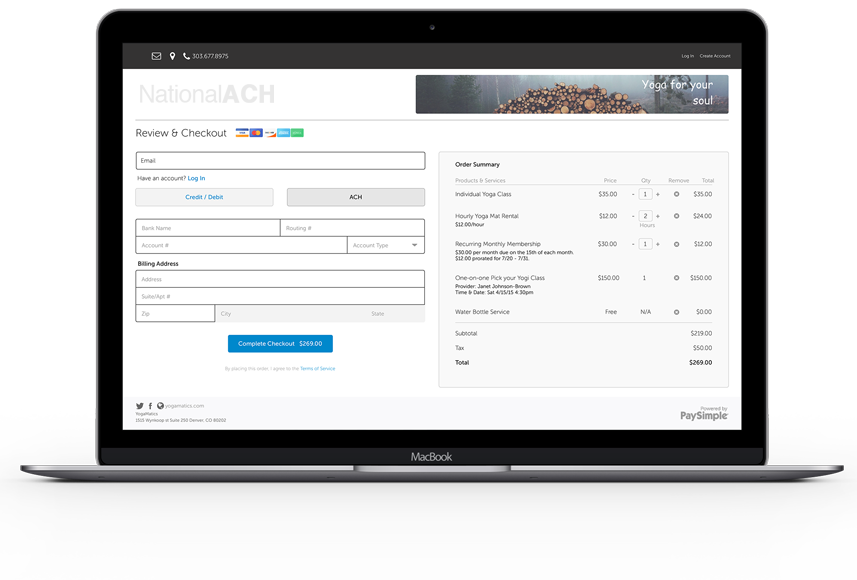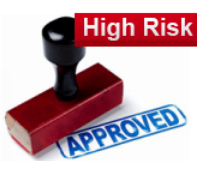Check 21 Payment Processing for High Risk Merchants
Check 21 is a fast, safe method of processing check payments. With Check 21, transactions are cleared using bank-to-bank image exchange rather than through the ACH network. Check 21 is an attractive alternative for high risk internet merchants to process electronic checks and avoid restrictive ACH rules regarding chargebacks and returns.
Check 21: Secrets of Electronic Checks
Electronic checks account for up to 30% of internet payment transactions. Yet, high risk merchants often have a difficult time complying with the NACHA regulations to keep revoked transactions (chargebacks) under 1%.
Any merchant that expects higher than 1% revoke rates is wise to consider Check 21 instead of ACH processing. Merchants that prefer not to have to comply with NACHA regulations discover Check 21 electronic checks are an excellent alternative.
Merchants in high risk categories find Check 21 particularly beneficial technology for processing electronic checks. Check 21 electronic checks accounts can be approved for industries that do not qualify for ACH processing accounts. For example, online pharmacies and debt consolidation firms, among others, use Check 21.
Check 21 electronic checks processing permits a wide of transaction types to be sent electronically, expanding your target markets. Check 21 processing includes transactions from institutions that do not participate in the ACH network such as credit unions, savings & loans, small banks, brokerages, and checks drawn on credit card accounts.
Check 21 Protects Merchants
Check 21 increase merchant processing options beyond the limited ACH network. And Check 21 electronic checks offer added protections to merchants. Check 21 electronic checks are not subject to the same rules as ACH transactions.
Check 21 transactions are governed by check laws, and the Uniform Commercial Code, not ACH regulations. This reduces merchant risk from contingent liabilities. For example, under NACHA rules, consumers have 60 days from the date they learn of a questionable transaction to dispute it. With Check 21 electronic checks, consumers have only 40 days to dispute a transaction.
Check 21 transactions appear on the buyer’s bank statement in the same place as a paper check transactions. Merchants can display purchase details on the bank statement.
This expanded descriptor makes is easier for buyers to remember what was purchased via Check 21 transactions and lowers the risk of chargebacks. With ACH, transactions are displayed only as a line item on the buyer’s bank statement, leading to confusion about the purchase and resulting in higher chargebacks.
Check 21 Processing Saves Money
Businesses using Check 21 save money on payment processing fees. Rates for Check 21 processing are less than fees for credit cards.
Check 21 electronic checks are s fast growing alternative payment option for internet and mail order / telephone order merchants. With Check 21 technology, businesses can take advantage of electronic checks payment processing to power business growth, increase sales, reduce operating costs, and maintain a competitive edge.
For more information on how Check21 can help your business grow, contact info@nationalach.com

